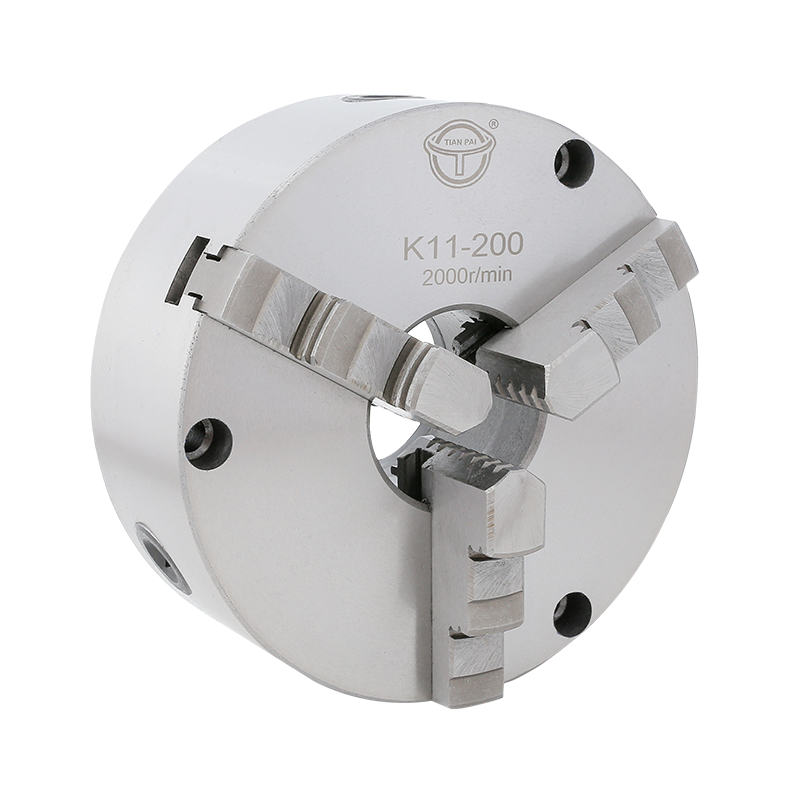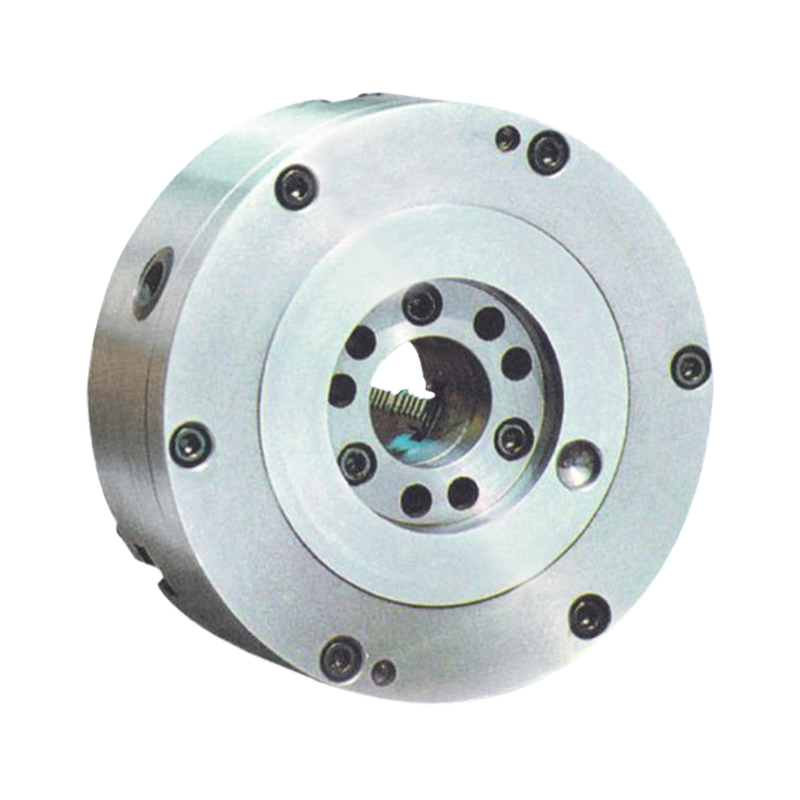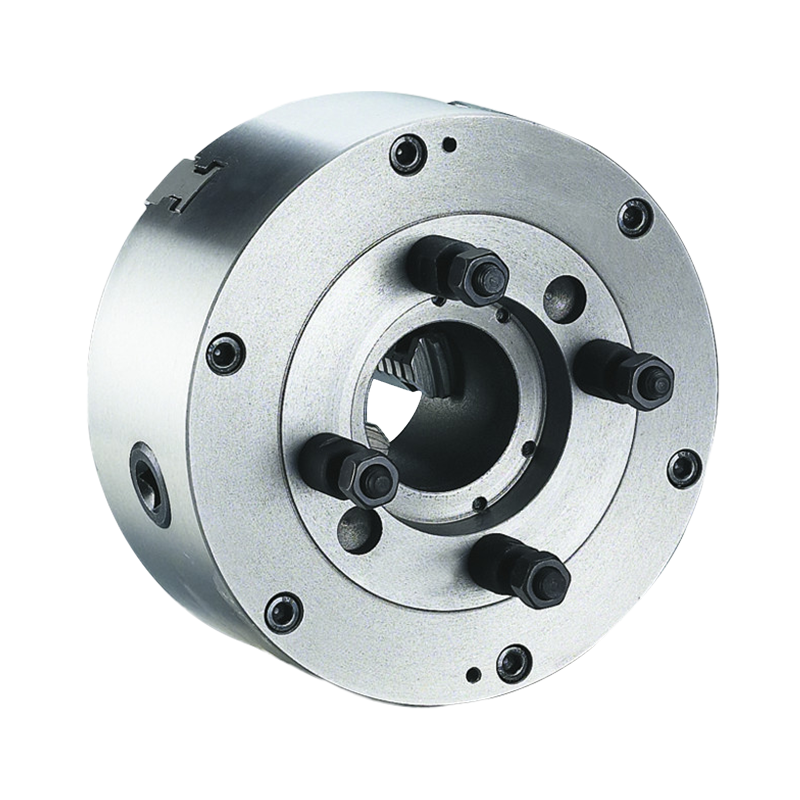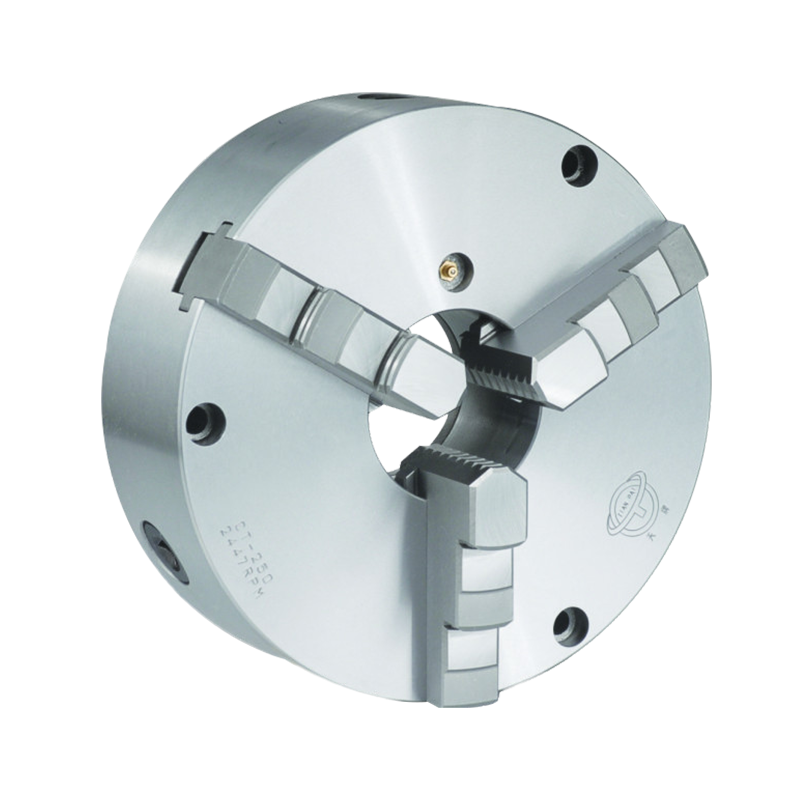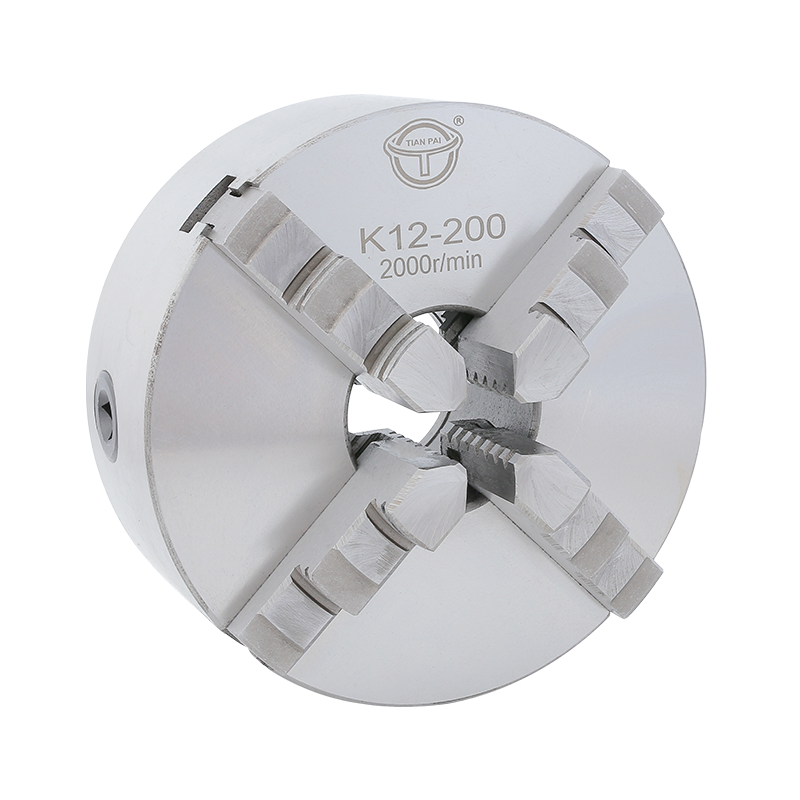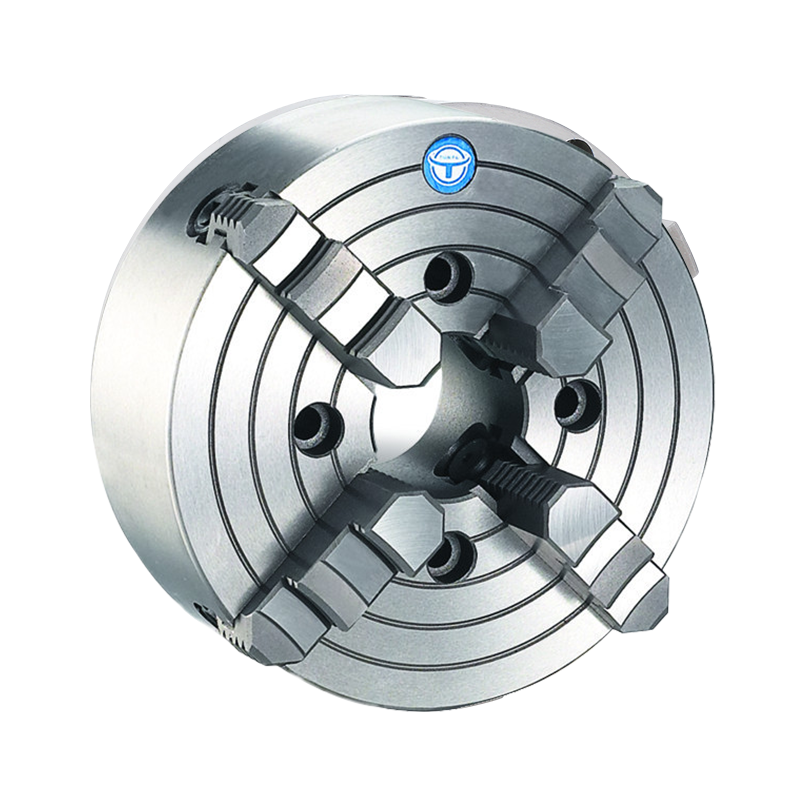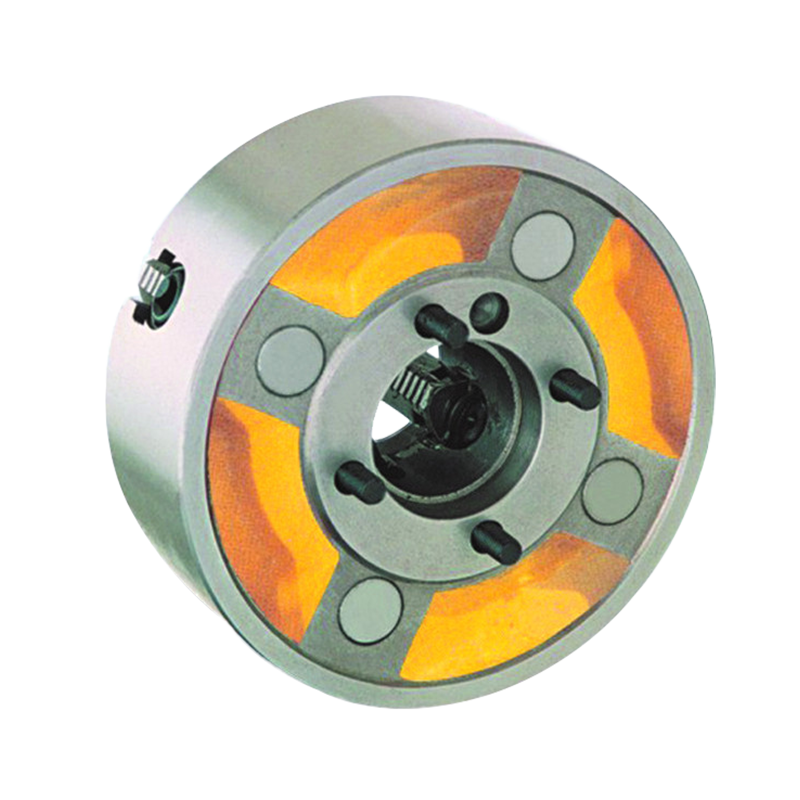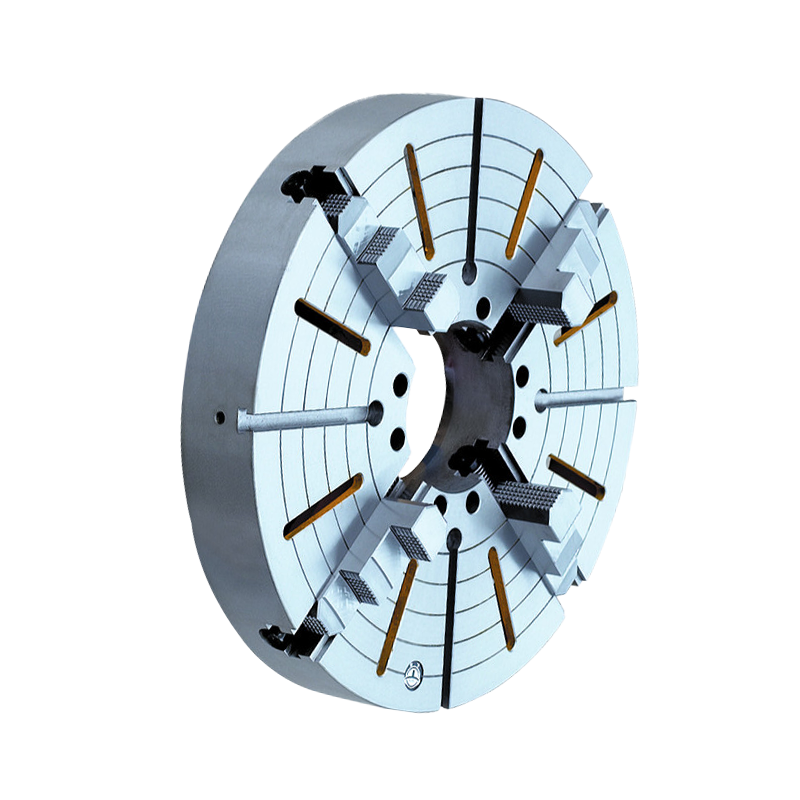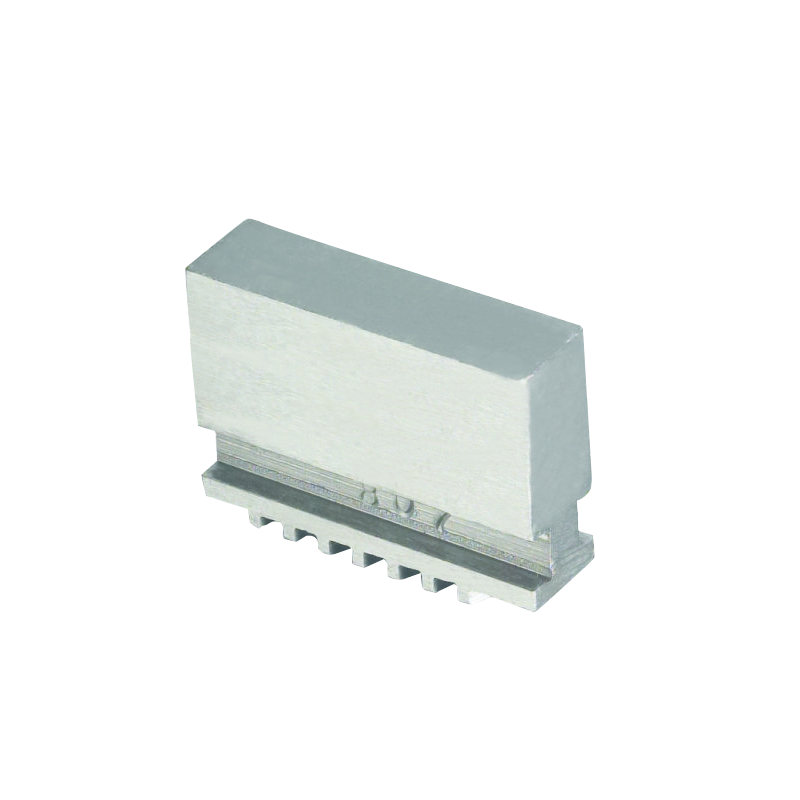Our company is a professional chuck manufacturer with more than 40 years of practical experience. In the manufacture of machine tool chucks, it has strong independent development capabilities and unique manufacturing and processing technical strength.
Supply Self Centering Chucks Wholesalers Makers Manufacturers
In the realm of modern manufacturing, precision and efficiency are paramount. One crucial component that contributes to achieving these goals is the self-centering chuck. These mechanical devices have undergone significant evolution over time, adapting to the demands of various industries.
The concept of self-centering chucks dates back centuries, with early iterations being rudimentary and manual in operation. However, as industrialization progressed, the need for more sophisticated and automated solutions emerged. This led to the development of self-centering chucks equipped with mechanisms for automatic adjustment and precise alignment.
One of the significant milestones in the evolution of self-centering chucks was the incorporation of hydraulic and pneumatic systems. These advancements enabled greater control over the clamping force and facilitated rapid gripping and releasing of workpieces. Subsequent innovations introduced electronic and computerized systems, ushering in an era of programmable chucks capable of adapting to diverse manufacturing requirements with unparalleled accuracy.
At its core, the primary function of a self-centering chuck is to securely hold a workpiece in place during machining operations. This is achieved through the synchronized movement of jaws or collets that adjust to the geometry of the workpiece, ensuring concentricity and alignment. The key components of a self-centering chuck include the body, jaws or collets, actuating mechanism, and control system.
The actuating mechanism, whether hydraulic, pneumatic, or electronic, is responsible for exerting the necessary clamping force to hold the workpiece firmly. Modern self-centering chucks often feature sensors and feedback mechanisms to monitor and adjust clamping pressure dynamically, thereby enhancing precision and preventing damage to delicate components.
Self-centering chucks find extensive use across various manufacturing sectors, including automotive, aerospace, electronics, and medical device manufacturing. In the automotive industry, they are employed in machining processes such as turning, milling, and drilling engine components, transmission parts, and brake systems.
In aerospace applications, where strict tolerances and precision are non-negotiable, self-centering chucks play a crucial role in the fabrication of aircraft components such as turbine blades, fuselage sections, and landing gear parts. Similarly, in the electronics industry, these chucks are utilized for the precision machining of circuit boards, connectors, and housing components.
Moreover, the medical device manufacturing sector relies on self-centering chucks for producing intricate implants, surgical instruments, and prosthetic devices with the high levels of accuracy and consistency. The versatility and adaptability of self-centering chucks make them indispensable tools in modern manufacturing, enabling companies to achieve predominant quality and productivity.
As manufacturing technologies continue to advance, the evolution of self-centering chucks is expected to persist. Future innovations may involve integration with advanced robotics, artificial intelligence, and augmented reality systems, further enhancing automation, flexibility, and efficiency in production processes.
Furthermore, advancements in materials science may lead to the development of self-centering chucks capable of handling a broader range of workpiece materials, including composites, ceramics, and exotic alloys. Additionally, the miniaturization of components and the trend towards micro-manufacturing could drive the demand for ultra-precision self-centering chucks tailored to such applications.
Self-centering chucks have come a long way from their humble beginnings, evolving into sophisticated precision tools that underpin modern manufacturing operations. With their ability to ensure concentricity, alignment, and repeatability, these chucks play a vital role in achieving the stringent quality standards and efficiency targets of diverse industries.

 English
English 简体中文
简体中文
